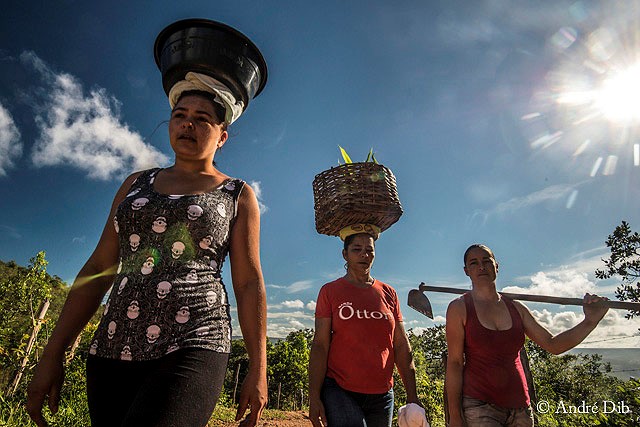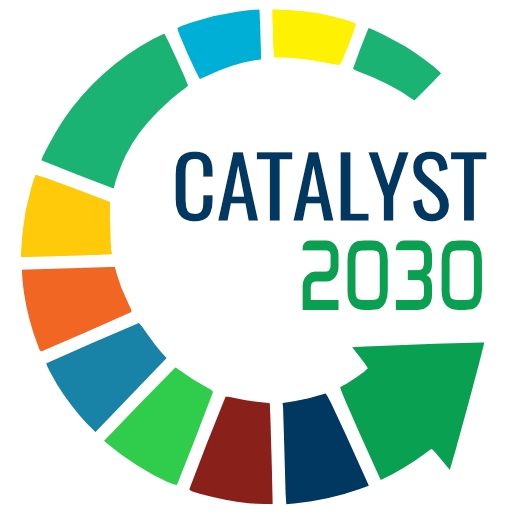
By Mariana Madureira
Published by Tourism Log
The Jequitinhonha Valley in Brazil is a region of dry climate, hence also known as “Sertão de Minas”(the state back lands), and for many years was stigmatized as “the Valley of Misery“.
Water scarcity has always been an obstacle to agricultural development. Large distances and infrastructure conditions are a hindrance to the development of the industry. The main economic activity that used the dry lands of this region was the lucrative eucalyptus tree.
Substituting the native tropical savanna (cerrado), these plantations were not able to improve the living conditions of the local population, since they employ little labor. In addition to not creating the jobs that would be expected, the eucalyptus plantations deprive the local community of the fruits of the cerrado and the original rustic landscape – a great input for tourism.
The men often migrate to other states to work on sugarcane cuts and other seasonal crop harvesting work demands. The women remain in the communities looking after the children and the elders, taking care of the vegetable gardens and orchards, as well as of each other. From these needs arose a strong social capital, anchored in relations and in the necessity to count on one another to exchange surpluses. Perhaps because they know they can only rely on each other; the people of the Valley are very supportive and humane.
The Jequitinhonha Valley women began, many years ago, to create earthenware vessels, the result of the need to create their own pots and utensils, as well as the great abundance of quality clay available, where almost everything else was scarce. Dona Izabel Mendes was one of the first to transform the traditional pots that stored the sparse rainwater into beautiful dolls. She explains that the desire to mold a doll came from never having had one in her own childhood. Today, Dona Izabel, who died in 2014, is recognized for her pioneering work, her history, and her technique, and her dolls were raised from the craft category to the folk-art category.

Crafts and Community Based Tourism
Crafts and, more recently, tourism, have enabled these women to change their living conditions. The Raízes’ Experimental Tourism Project is one of the external actions that helped in the Jequitinhonha Valley’s transformation.
Raízes Sustainable Development, a tourism social business, wanted to work with a region of Minas Gerais with a rich culture and traditions to offer, while at the same time requiring some guidance on the appreciation of such richness potential for income generation.
On the first visit to the Jequitinhonha Valley in 2009, a life-long impression was confirmed: the distances were great, and the roads of poor quality, making travel quite difficult. Given it was not possible, in that context then, to take tourists to the Jequitinhonha Valley, why not bring the best of Jequitinhonha Valley to these tourists? The best way to materialize the beautiful culture of the Valley, at that moment, seemed to be its varied and beautiful craftsmanship.
Raízes began to commercialize the handicrafts of these groups in an e-commerce of its own. The social technology applied followed the principles of fair trade and support in distribution as forms of sustainable income generation and a proper valuing of the culture of the Jequitinhonha Valley.
The e-commerce stayed online only between November 2009 and September 2012 and its low effectiveness as a social technology for generating income – as evidenced by the low volume of sales, which were not able to generate significant income for the community and sufficient resources to maintain itself, forcing us to have to close it. The impact of community outreach was much lower than expected.
Probably the main reason for the e-commerce failure is the fact that these crafts involve stories, specificities, textures, and values that cannot easily be transmitted over the internet. Who made it, why, and how is more important than “what” was produced, yet people are not interested in reading those stories. They needed to be experienced in some other way.

In 2011, Raízes felt that it would be a good time to start working with tourism in the region. Some improvements on the roads, the increase in the number of commercial flights to Montes Claros (3 hours away), and a perception of an increase in the interest of Brazilians for community tourism influenced that thought and perception change.
The approach sought to empower women as entrepreneurs and project partners from the start. Some previous projects have had very positive impacts on the community, such as the Sebrae Handicraft Program, which has improved the design of artisan products, and Idene’s Solidarity Tourism, which provided the information necessary for families to properly receive their visitors. When asked about the impact of these projects, however, people in the community often respond in sentences like “they helped quite a lot“, “they gave us“, “they did such and such” , which always raises the question: didn’t the community empower itself?
This type of approach, although very positive, failed to give the community its due and participation power. The construction of a community-based tourism destination is a collective task that cannot be achieved without community participation.
Raízes from the beginning tried to make the role of each person involved in the process clear: “We are not the government; we are not NGOs and we are not doing charity. We are a social tourism company and we want to develop a win-win business partnership with your community.”
One of the situations that the project intended to change since the beginning is the sad condition of women being abandoned by their husbands for migration needs. Zezinha, in a testimony to a journalist, presented the importance of income generation for the strengthening of families and community relations. Zezinha’s husband, Ulisses, doesn’t travel long distances away from his family in order to work anymore. He now helps Zezinha produce dolls and receive tourists.
Tourism has been gradually consolidating its role as a complementary income-generating activity in rural ceramic communities in the Jequitinhonha Valley. The elevation of the self-esteem of the women directly and indirectly involved in the project has been perceived in the resourcefulness with which today they receive their tourists, present their products and give press interviews.
Article originally published on Tourism Log, an industry blog from Austria, Europe – The Jequitinhonha Valley: its poverty and riches. Check it out! /

